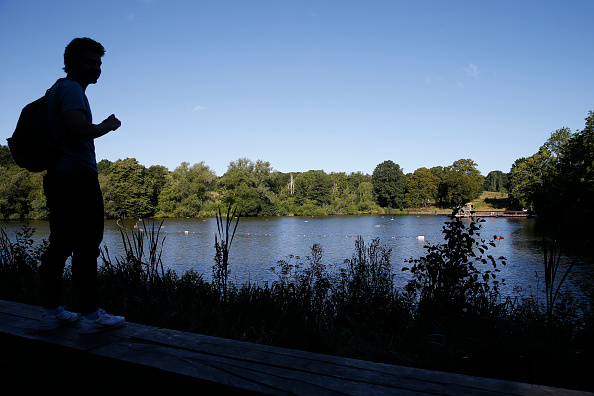The second race to be green as cities across the world compete for the best parks

Businesses across the world are increasingly focusing on the quality of life they can offer their employees, as they reassess what is needed to deliver an attractive, modern workplace environment.
We know workers expect more than just an office when it comes to choosing where they relocate in the post-pandemic world. This shift was already happening pre-pandemic, and now this phenomenon is being embraced by some of London’s biggest international competitors.
Some cities in the US, for example, have become creative in constructing green space in urban environments. For example, the Mayor of New York recently announced that the city will be restarting 104 previously paused park projects this spring. And its world-famous High Line, which transformed a disused railway as an urban public park, has become an icon of American contemporary landscape architecture.
London needs to keep pace with this investment in nature and parks to make it a city renowned for its living standards as well as its financial prowess.
The capital’s parks have a gross asset value of more than £91bn, and these green spaces are a key asset when it comes to attracting employers and employees.
Spending time in nature can lead to a dramatic improvement in your wellbeing. Being active outdoors not only improves your physical health – it provides endorphins that boosts your mood, too. The health effects are, perhaps, obvious.
But it is also clear to me that access to outside space is now a leading driver in business location and recruitment decisions.
The capital has 35,000 acres of public green spaces – equivalent to 40 per cent of its surface area – making it one of the greenest cities of its size in the world. These parks, gardens, forest, and woodlands underpin London’s offer as a world class city.
That’s why the City Corporation manages 11,000 acres of green space in and around London – including Hampstead Heath and Epping Forest – and over 200 smaller sites right here in the Square Mile.
One of those sites, Finsbury Circus Gardens, is the City’s largest – and London’s oldest – public park. Nestled between the thriving transport and commerce hubs of Liverpool Street and Moorgate, the park is about to get a huge transformation after being closed for a decade to allow for Crossrail works.
The garden reopened to the public in August last year and plans to turn it into a haven for people and wildlife have been given the green light.
City workers and residents will be able to enjoy a new “urban forest” in the west of the park, with a 100-capacity pavilion café – built using low carbon concrete and natural materials – sitting within a “secret garden”, surrounded by new paths, planting, and seating.
City workers returning to the office, residents and visitors will all be able to enjoy a new oasis of peace, quiet and greenery – and businesses will reap the benefit.
As part of the Queen’s Platinum Jubilee celebrations, we also have plans to plant hundreds of trees in London and the south east of England.
My role is to promote London’s position as the world’s leading financial and professional services centre, and to strengthen the City’s competitiveness on the global stage.
But to stay on top of the pile, London needs world-class green spaces to attract and keep the best global talent.
